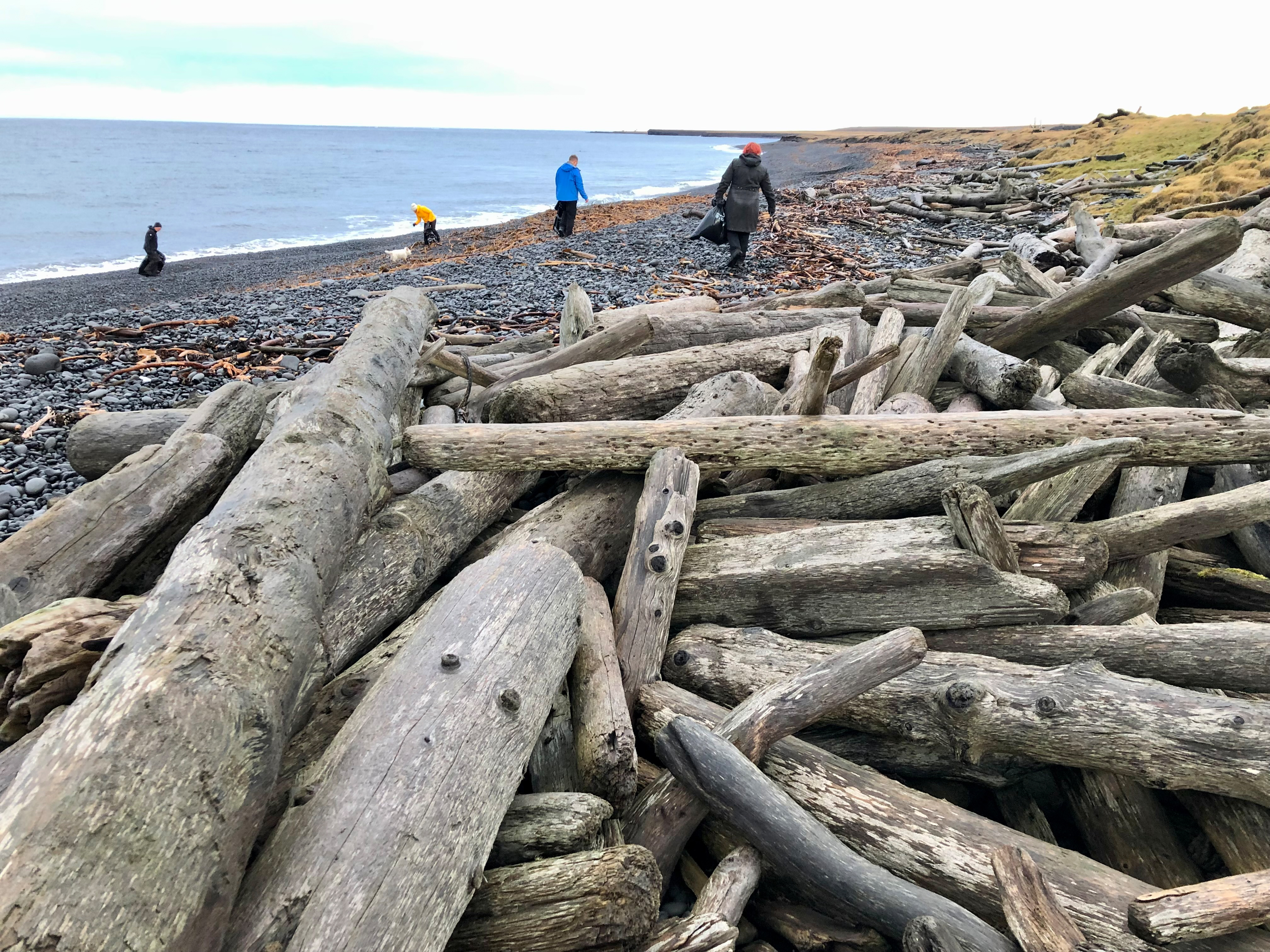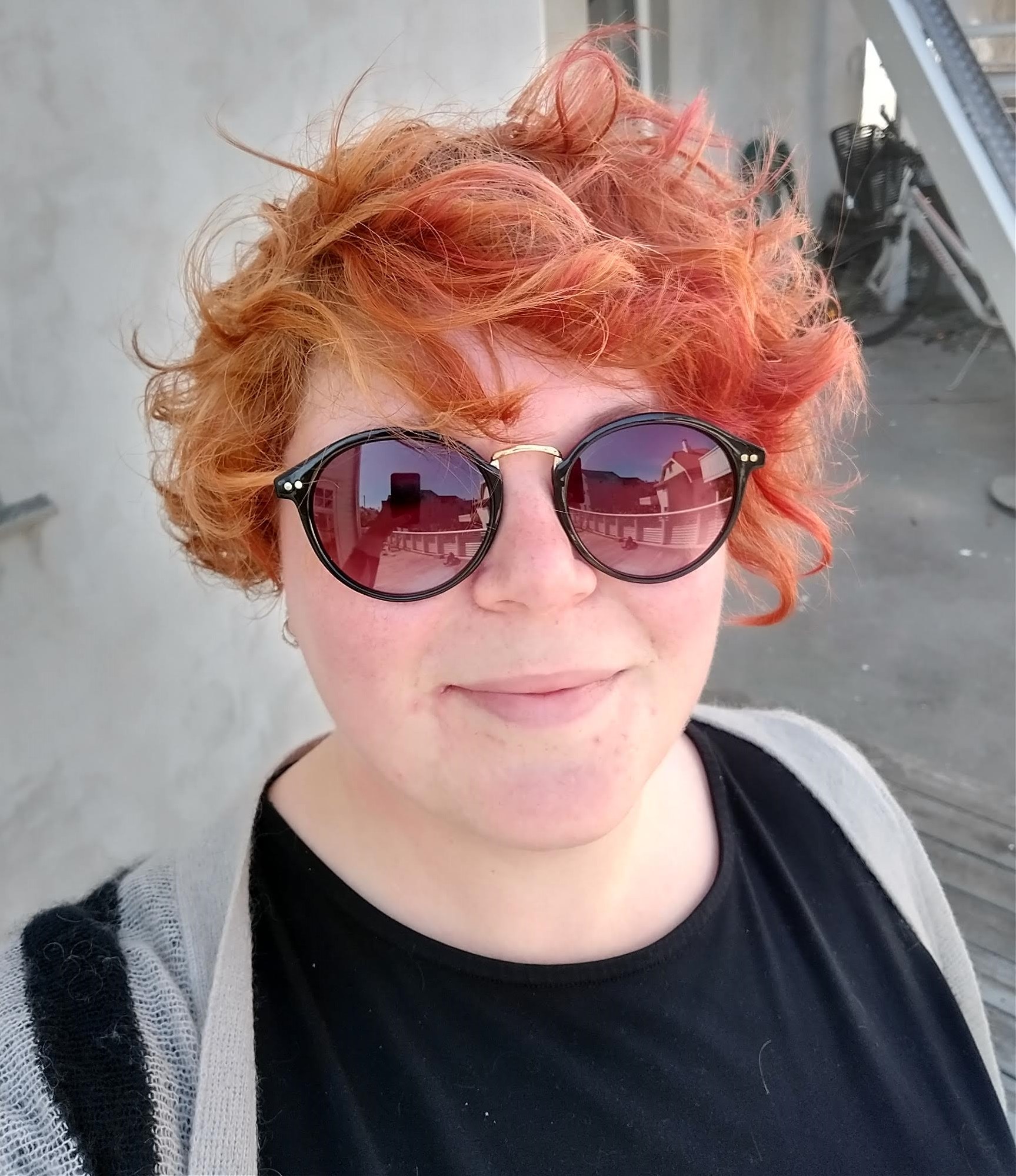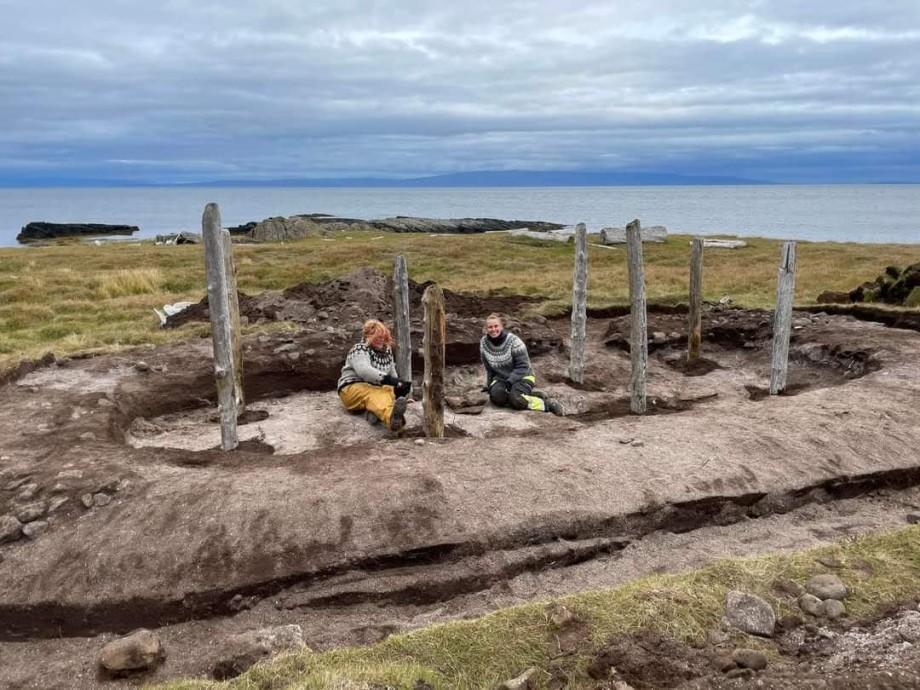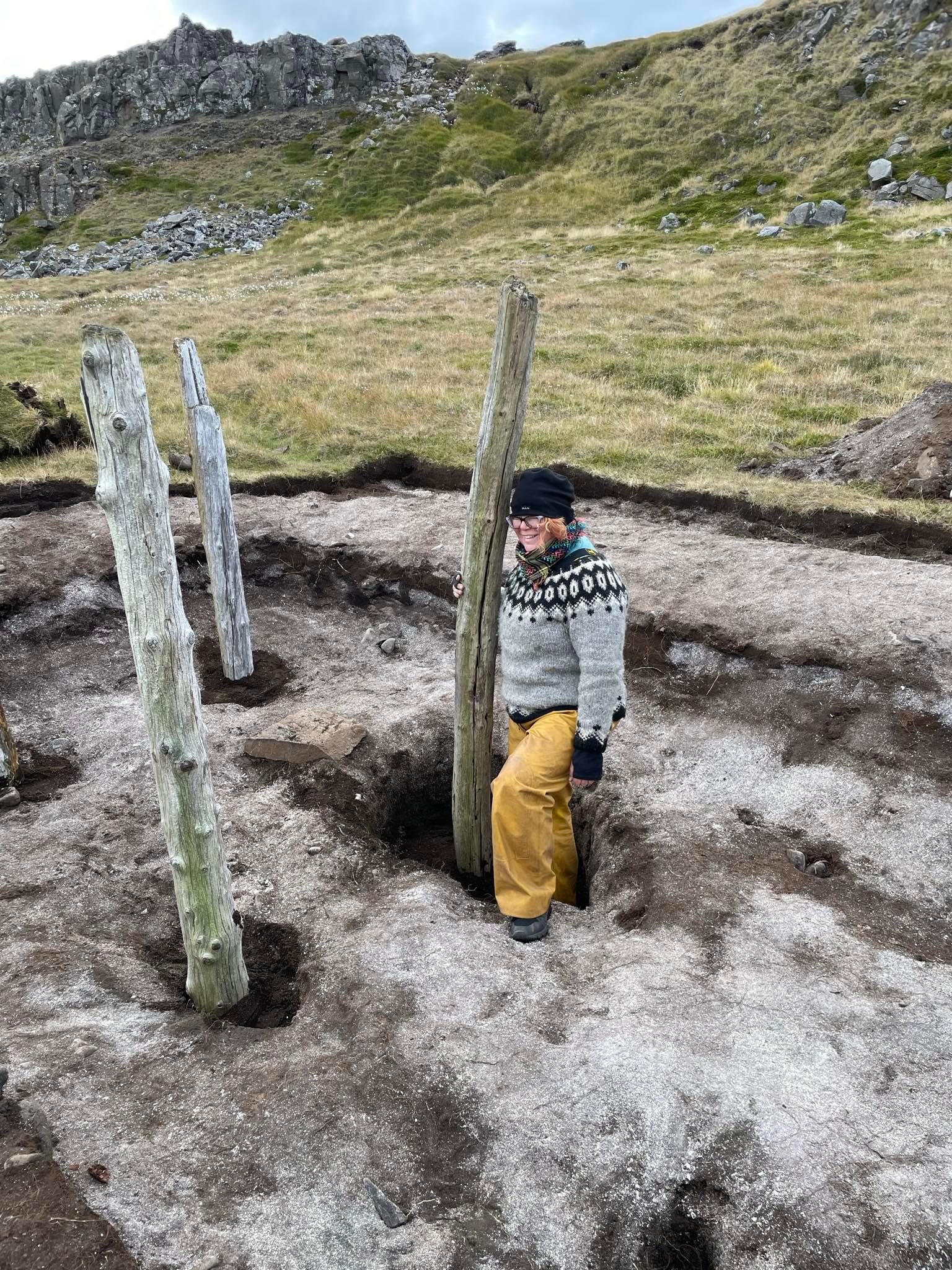Environmental changes from generation to generation aren’t always visible. A new research project exploring natural resources on our coasts aims to open our eyes to what we are losing.

Driftwood, drift whales, seaweed, shellfish, coastal plants, eiderdown and seabird eggs have been important to people along the coasts of the North Atlantic for thousands of years. However, these resources receive little attention in research on how we interact with the ocean.
A new research project to explore this topic has received 10 million NOK in funding from the Research Council of Norway’s program Researcher Project for Scientific Renewal.
The Research Council awarded a total of 280 million NOK to ocean research, shared between 24 projects. One of these was awarded to the Museum of Archaeology, University of Stavanger and will be led by archaeobotanist Dawn Elise Mooney.
DNA analysis and LiDAR mapping
“This is really fantastic. With this support we can thoroughly investigate the coastal sites where people lived in the Norse period, which will produce important new knowledge about people’s relationship with the ocean in the past,” says Mooney.
Mooney and her partners will use a range of methods including archaeobotany (species identification of wood and plant remains), zooarchaeology (the study of animal remains from archaeological sites), entomology (the study of insects), soil micromorphology (the structure of soils and sediments) and DNA analysis. All this will help the researchers get as much information as possible out of the material they find.
Mooney adds that soil micromorphology is an analysis method that allows us to see how soils are formed and what they contain at a microscopic level.
“We’ll mostly use this method when we find preserved floor layers, as it can help us understand whether people used the building all year round or only at particular times of year.”
Exactly where in Norway these investigations will take place is still to be decided.
“We know relatively little about past settlements on Norway’s outer coast, so we’ll first need to seek out places that might be of interest for us.”
During the first 18 months of the project, the researchers will amongst other methods explore so-called LiDAR data. This remote sensing method uses a laser to measure distance, and has been used in Norway to make high-resolution maps. These maps, combined with archaeological registration reports and historical sources, will help identify places where there are likely to be remains of Norse coastal settlements.
From driftwood to plastic

The MARGAIN project works towards a holistic understanding of marine resource use, and how this has impacted settlement and ways of life along the west coast of Norway from the Viking Age to early modern times. This knowledge will also help raise awareness about current environmental issues. Mooney gives the example of driftwood:
“Driftwood, which was used as fuel and timber in northern Norway and the North Atlantic, is now in decline due to the combined effects of climate change and river management.”
Moreover, a completely different material has become common on our coasts:
“Where communities in the past gathered driftwood, we now find plastic pollution. We want to highlight this change through active and engaging research communication”, says the archaeologist.
Beach cleans and an exhibition
Mooney and colleagues will arrange beach cleaning days where people can meet the researchers and find out about the project while at the same time actively contributing to a cleaner ocean.
The material that is collected will be used at workshops where the public can make objects from materials they gathered from the shore – just like people also did in the past. Some of these objects will become part of an exhibition at the end of the project, which will use art as well as archaeology to explore the history of our coasts.

Archaeology can fight ‘shifting baseline syndrome’
– The better we get to know ordinary people in the past and how they lived, the better we understand the impacts that our modern lifestyles have on the environment.
Mooney holds that archaeology can be a powerful tool with which to combat so-called “shifting baseline syndrome” – the idea that each new generation begins with a new baseline, which is different from that of the previous generation. Young people are only familiar with how the natural environment has been in their own lifetime, and can find it hard to imagine or understand what the environment was like when their parents or grandparents were young. Because of this, it’s hard for us to understand the dramatic environmental changes and loss of biodiversity that have occurred from generation to generation.
“Both natural and cultural heritage along our coasts is disappearing with alarming speed because of the impacts of climate change, including erosion due to rising sea levels and increasingly powerful storms. Although we know a lot about how people exploited the ocean in the past, for example that fish became an important trade good in the Medieval period, we know much less about how people lived in coastal communities,” Mooney points out.
She holds that one of the strengths of archaeology is that it allows us a glimpse into the daily life of people in the past: what they ate, what they used as fuel, what they used as toys, decoration, or tools.
“The better we get to know ordinary people in the past and how they lived, the better we understand the impacts that our modern lifestyles have on the environment”.
Text: Karen Anne Okstad
Translation: Dawn Elise Mooney
More about the project:
The acronym ‘MARGAIN’ references the so-called ‘marginal’ nature of coastal sites and marine resources, and the benefits to be gained from them in the past, present and future.
Partner institutions:
University of Bergen
UiT – The Arctic University of Norway
University of Iceland
Institute of Archaeology, Iceland
Spanish Institute of Heritage Sciences, Spain
Kollektiv Lichtung, Germany
Read also the publication: Timber as a Marine Resource: Exploitation of Arctic Driftwood in the North Atlantic

Dawn Elise Mooney on an excavation in Iceland where she helped excavate houses used by people in the Viking Age.
